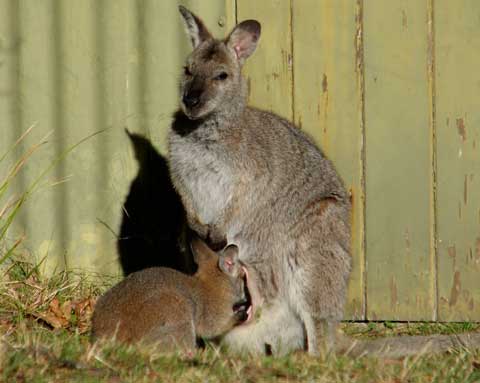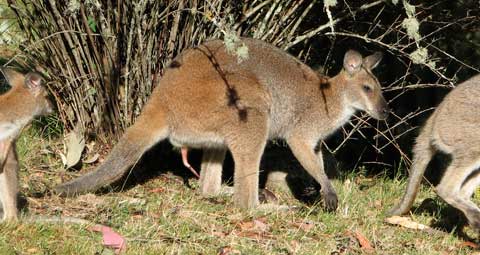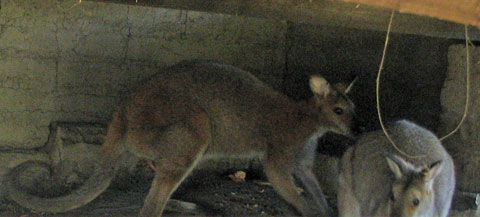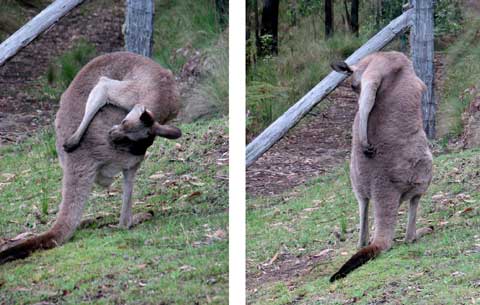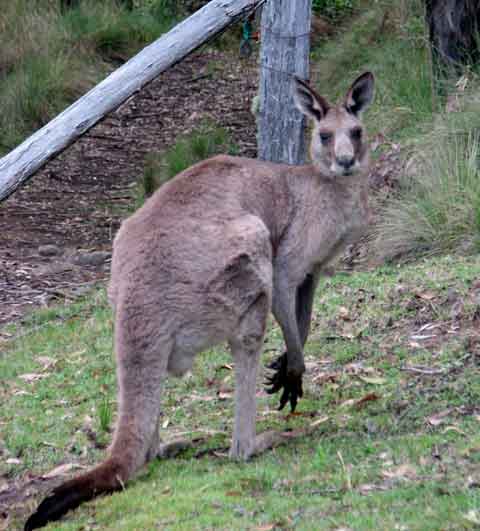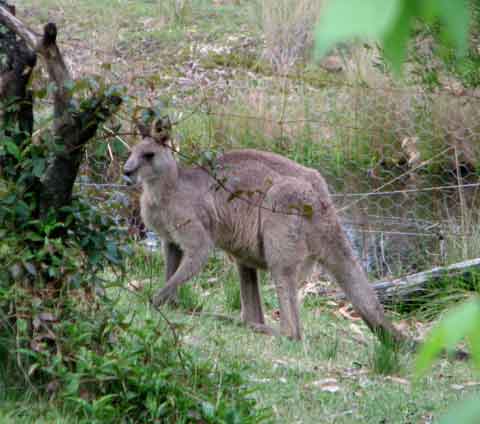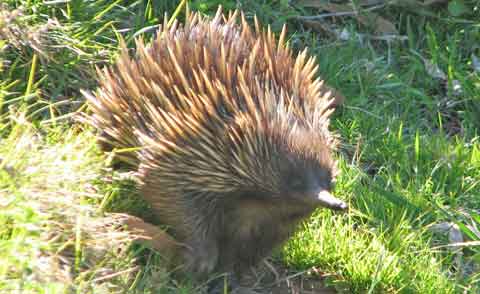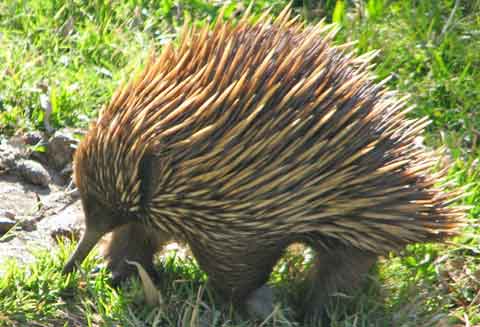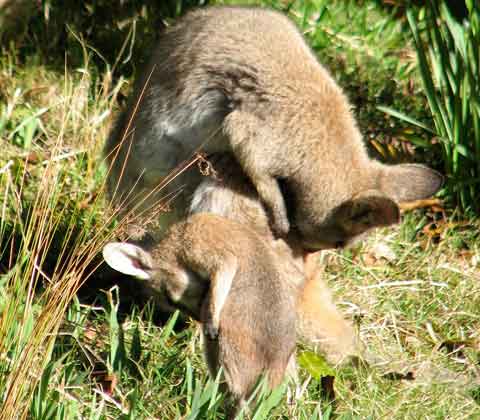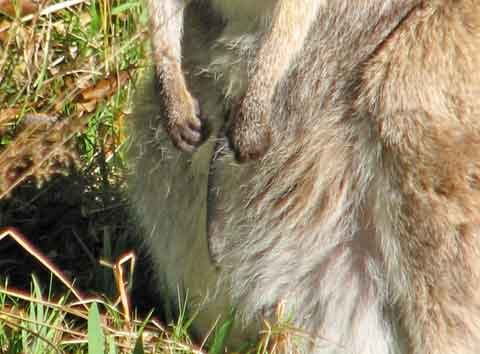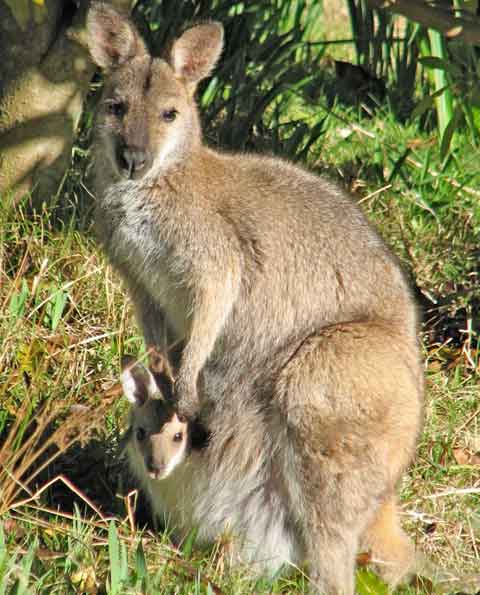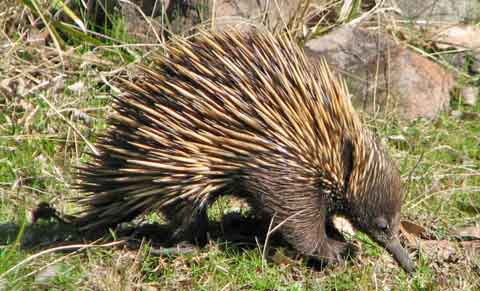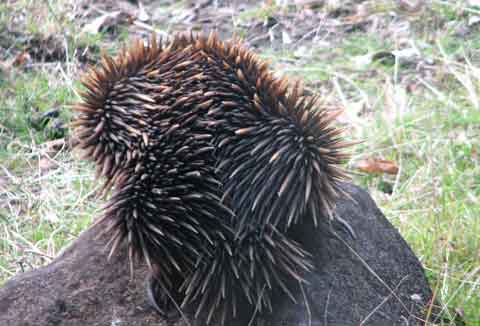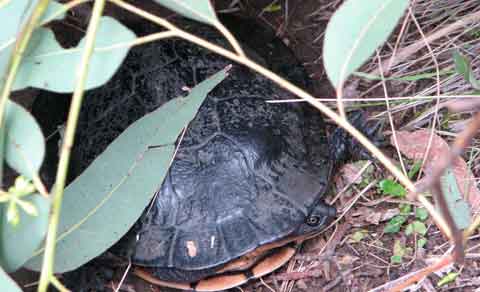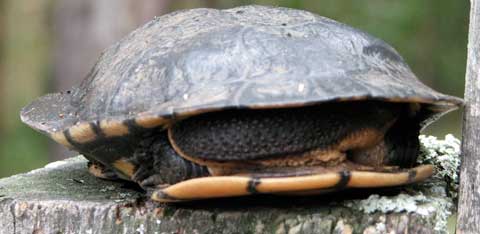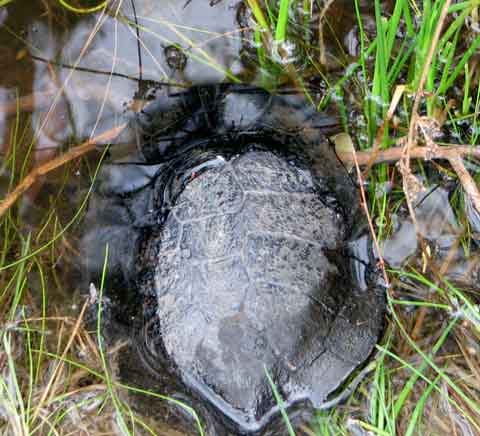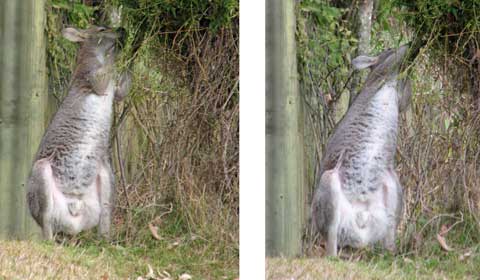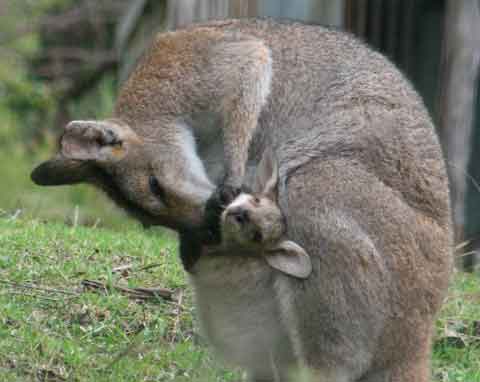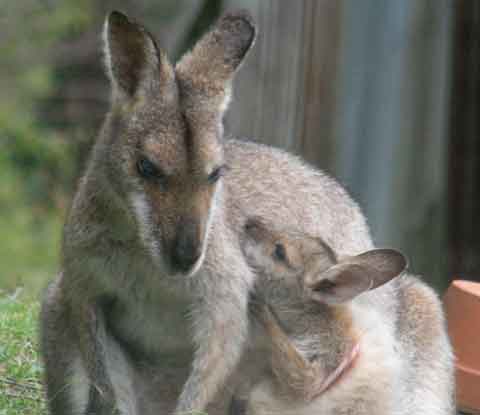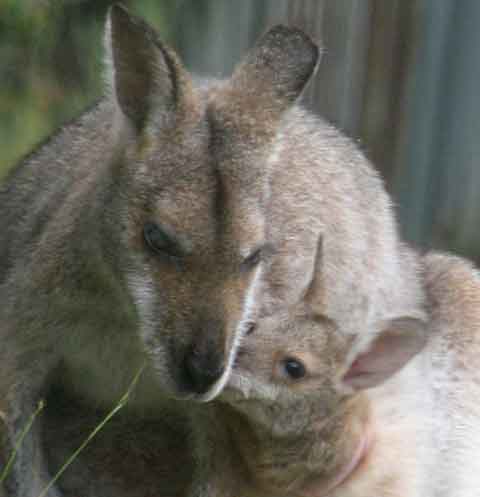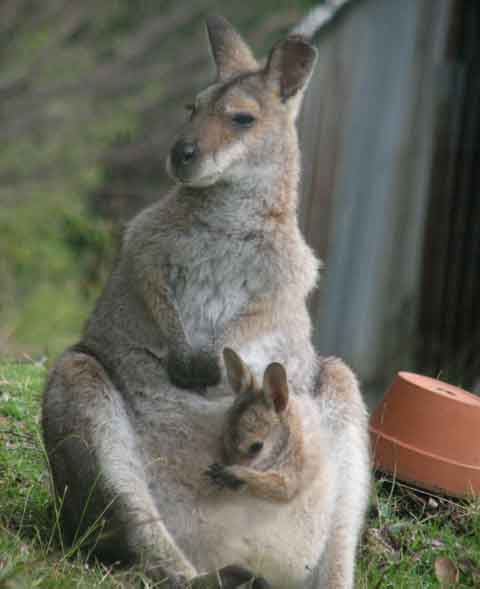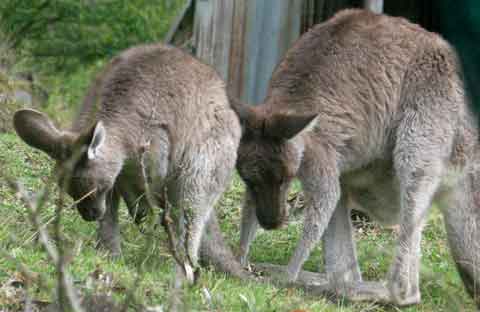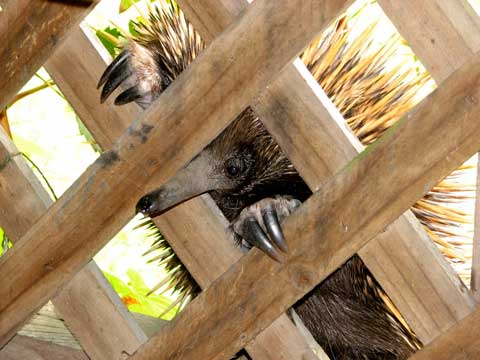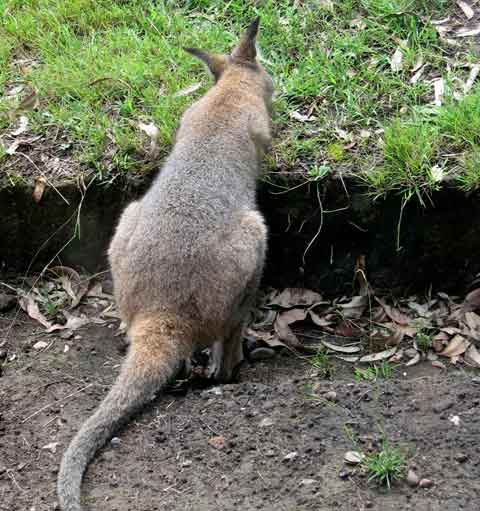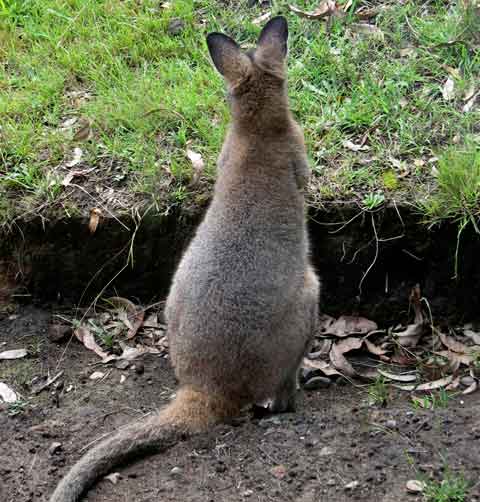On a very hot afternoon last week, I was visited by a tiny representative of a species that I rarely see. Bats.
There are 20 bat species recorded in these mountains, but as I am not a nocturnal animal, I don’t see them. But this one came to me as I worked on my verandah.
It flew up and down the length of the verandah a few times, attracting my attention, and then landed on the narrow strip of mud wall above the window. Far too close to the tin roof for comfort, I’d have thought.
And there it stayed for some hours, flapping its ears periodically. Its clinging power surprised me, as my mud wall’s not that rough.
I found it very hard to work out its features, but I think it’s an Eastern Horsehoe-bat, from the small size and the horseshoe shape of what my book calls the ’noseleaf complex’.
About five o’clock it flew to a western end rafter and clung to a bolt. It was still there on dark, but gone in the morning.
I know almost nothing about bats, but I am delighted to have met this little one, even briefly.

